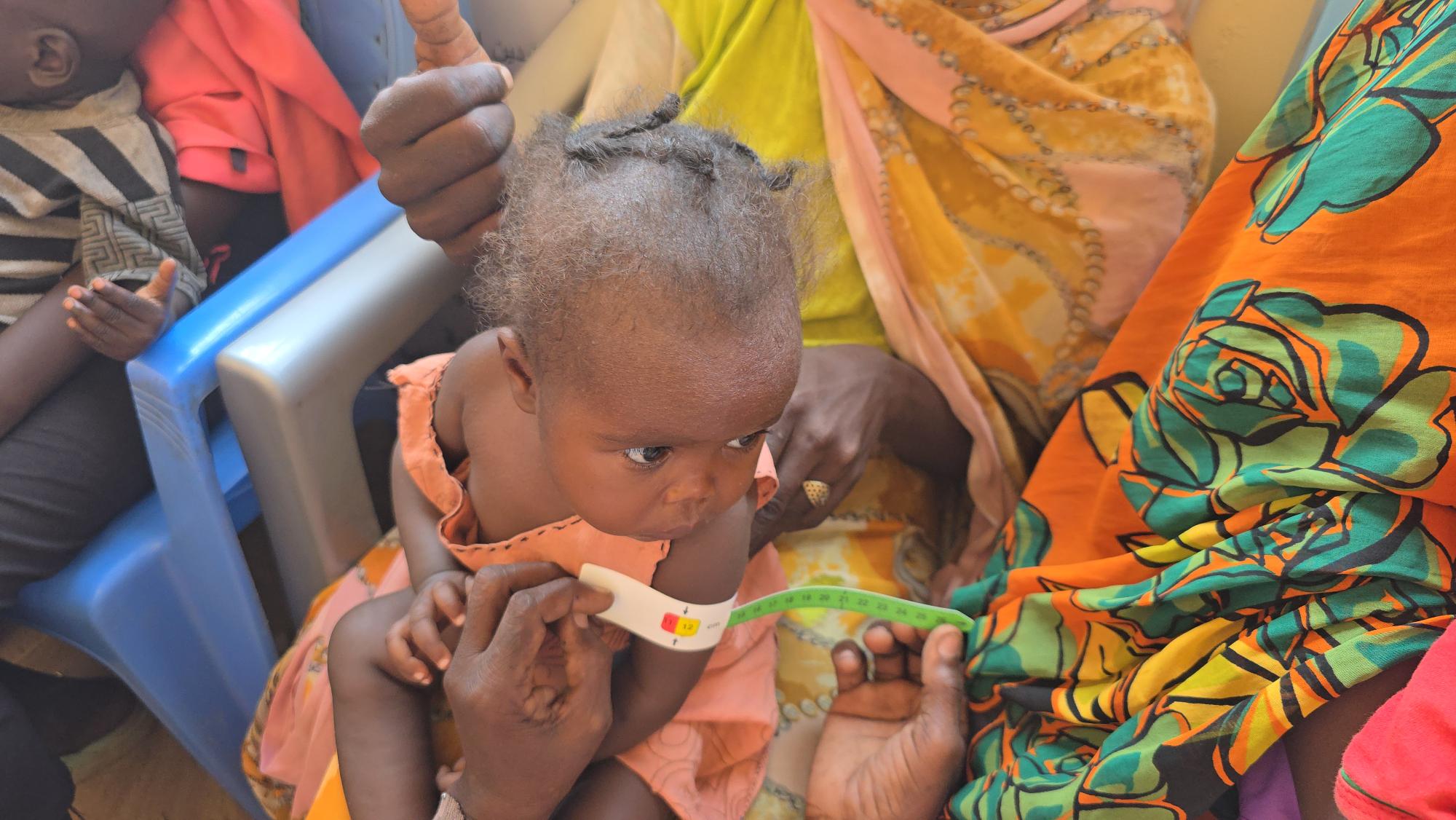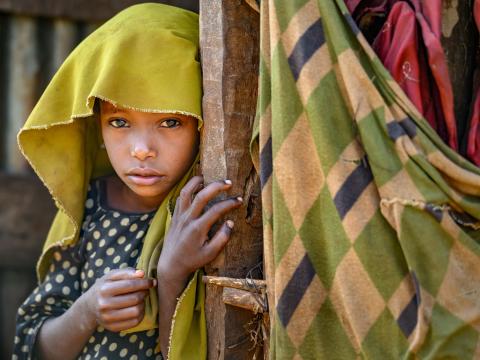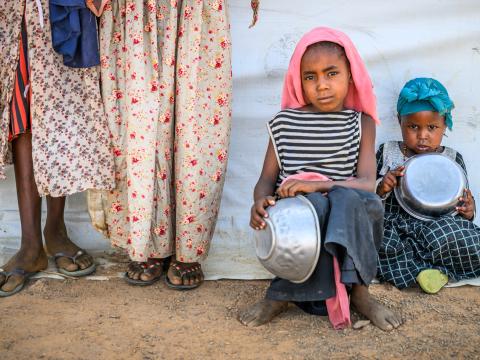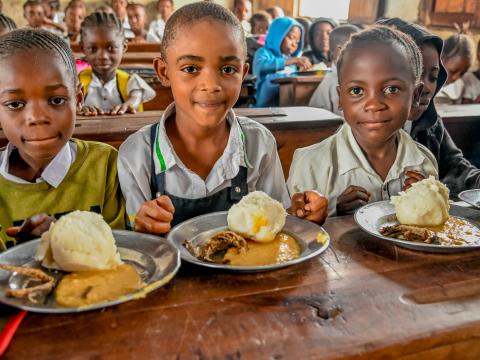
Why Child-Sensitive Resilience Must Be at the Heart of Global Food Systems
Andrea Galante emphasises that as world leaders debate food security and nutrition in Rome, one truth remains uncomfortable yet undeniable: without children at the centre of resilience strategies, we are merely managing decline, not building the future.
29 October 2025.
At a time when hunger and malnutrition are not only persisting but deepening, global leaders gathered in Rome for the 53rd Session of the Committee on World Food Security under the theme “Making a Difference in Food Security and Nutrition.” Yet one might contend that “difference” has become a word too easily spoken and too rarely measured. The meeting symbolised a moment of reflection: what kind of difference are we truly making, and for whom?
The CFS, brings together governments, UN agencies, civil society, Indigenous Peoples, researchers, philanthropists, and private sector actors. Theoretically, it is the beating heart of global food governance a space where science and lived experience converge to chart the course of nutrition and resilience.

When Hunger Has a Child’s Face
Across fragile regions, hunger is not an abstract economic failure; it is a child going to bed with an empty stomach, a mother selling her few remaining assets to buy food, a community watching its future erode one meal at a time.
Through its engagement in the Committee on World Food Security and the Civil Society and Indigenous Peoples’ Mechanism, World Vision works to ensure that the voices of those most affected by hunger smallholder farmers, Indigenous leaders, women, and young people are heard where global decisions are made. This inclusive approach reinforces a simple but powerful truth: those who live with hunger should shape the solutions to end it. Guided by a faith-rooted, child-centred perspective, World Vision reminds policymakers that behind every data point lies a child’s life, dignity, and potential.
From Relief to Resilience
During the session, World Vision convened two official side events, each a window into what “making a difference” could mean when commitments are grounded in community realities.
The first, “From Saving Lives to Building Futures” explored how integrating child protection and food security can bridge humanitarian aid and long-term resilience. The logic is compelling: emergencies do not pause the need for learning, nurturing, or safety. If we protect only the body and neglect the child’s mind, social fabric, and sense of security, we are merely postponing vulnerability.
The second, “From Fragility to Resilience” highlighted an emerging framework for collective action. It argued persuasively that child-sensitive, community-driven livelihoods are not a moral aspiration but a practical imperative. By linking local realities with international investment, such approaches can help build food systems that absorb shocks without collapsing under them.
Momentum for Change
Momentum around the Global Alliance Against Hunger and Poverty (GAAHP) continues to grow, uniting over 200 members committed to turning global pledges into tangible progress. The Belém Declaration on Hunger, Poverty and Human-Centred Climate Action, is planned to be launch at Cop30 and will set a clear course by placing social protection at the heart of resilience.
With FAO hosting the new Secretariat, and World Vision among the partners supporting this collective effort, the Alliance is moving from commitment to implementation fostering collaboration, shared learning, and coherent financing approaches to ensure that resilience efforts genuinely reach those most at risk.
Faith and Justice: Reclaiming the Moral Imperative
During the Jubilee Year 2025, faith communities from diverse traditions united around a shared conviction: food is sacred, and access to it is a human right. Launched in Rome, the Faith Leaders’ Joint Statement on the Right to Food and Nutrition called hunger and malnutrition moral injustices in a world of abundance. It urged governments to act boldly, reallocating resources, supporting smallholder farmers, advancing climate action, ensuring debt relief and embedding the right to food in law. The declaration affirmed the participation of affected communities and children, echoing World Vision’s mission to uphold justice, dignity, and every child’s right to food.
Building Futures That Last
World Vision’s engagement across global food security platforms and alliances shows how collaboration between governments, civil society, and faith-based partners can unite to deliver enduring and compassionate solutions to hunger and malnutrition.
If governments, donors, and partners are serious about ending hunger, the path forward is clear:
- Invest in child-sensitive, community-driven resilience.
- Embed children’s needs and rights in every national food security plan.
- Hold global actors accountable not for their promises, but for their progress.
Because resilience, when stripped of jargon, is nothing more than the faith to protect what we love, the justice to right what is wrong, and the courage to build what comes next.
Andrea Galante is World Vision’s Senior Advisor for Coalitions and Emerging Global Partnerships. She holds a Master’s degree and a PhD in Nutrition and brings more than 30 years of experience in global advocacy, including at the United Nations, G7, and G20. Andrea has served in senior roles at the United Nations, coordinated nutrition graduate and master’s programs in São Paulo, and, as President of the Brazilian Nutrition Association, strengthened civil society’s voice in shaping Brazil’s hunger and nutrition policies


